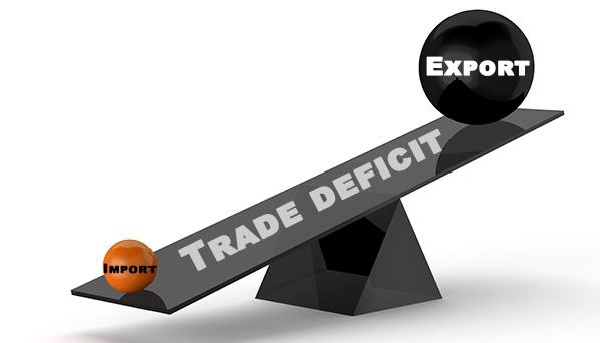Zambia’s annual inflation rate surged to 15.6 percent in September 2024, driven by rising food prices, according to the Zambia Statistical Agency (ZamStats).
This increase coincided with a K0.6 billion trade deficit.
Read more: Inflation edges up to 15.5% in Zambia, as country records K1.38 billion trade surplus
Statistician General, Goodson Sinyenga, in a briefing on Thursday, noted that the inflation rate edged up from 15.5 percent in August 2024.
This meant that, on average, prices for goods and services rose by 15.6 percent between September 2023 and September 2024.
Sinyenga also reported that food inflation for September 2024 stood at 17.9 percent compared to 17.6 percent in the previous month.
“This means the prices of food items increased by 17.9 percent over the past year,” he said.
The rise in food prices was primarily driven by items such as bread and cereals (including breakfast and roller mealie meal, rice, and bread), meat (such as fillet steak and T-bone), vegetables (including sweet potato leaves, okra, cabbage), and cooking oil.
Non-food inflation, however, saw a slight decrease to 12.4 percent in September 2024, down from 12.5 percent in August, mainly due to price fluctuations in imported clothing materials and small electric household appliances.
Sinyenga highlighted that Lusaka province contributed the highest to the overall inflation rate, accounting for 4.1 percentage points, followed by Copperbelt with 3.3 percentage points.
Central and Southern provinces contributed 2.2 and 1.8 percentage points respectively, while North-Western province had the lowest contribution at 0.5 percentage points.
On trade, cumulative total trade for January to August 2023 was K269.1 billion, while the same period in 2024 saw a 35.3 percent increase to K364.1 billion.
Sinyenga revealed that the total value of exports from January to July 2024 reached K185.6 billion, with road transport accounting for K172.9 billion or 93.1 percent.
Imports during the same period amounted to K178.4 billion, with road transport leading at K107.6 billion or 60.3 percent.
Zambia recorded a trade deficit of K0.6 billion in August 2024, a reversal from the K1.4 billion surplus in July. “Exports of domestically produced goods decreased by 4.6 percent, while imports rose by 3.2 percent,” Sinyenga added.
The rise in imports was primarily driven by increases in intermediate goods (6.6 percent ), consumer goods (2.4percent), and capital goods (0.4 percent).
WARNING! All rights reserved. This material, and other digital content on this website, may not be reproduced, published, broadcast, rewritten or redistributed in whole or in part without prior express permission from ZAMBIA MONITOR.












Comments